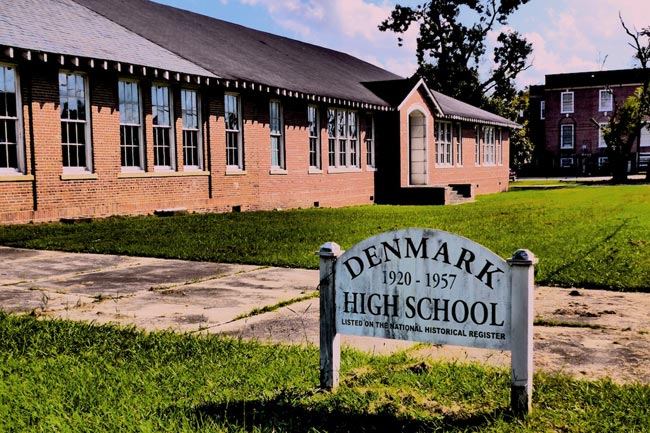This week, Governor Jay Inslee announced that Washington will likely reopen in stages. Halfway across the globe, Denmark has already begun a gradual process lifting their nation’s coronavirus lockdown by reopening schools for children in kindergarten up through the age of 11, in an effort to prioritize the education of its youngest students.
Kåre Mølbak, from Denmark’s infectious diseases agency SSI, commented that the decision to gradually reopen was based on the confidence that citizens would continue upholding social distancing and hygiene recommendations. Denmark also plans to reopen in phases, though will focus next on the return of middle and high school students to school by May 10. Restaurants, bars, and other businesses will remain closed until “the next phase.” The ban on large festivals and other events, thought to contribute significantly to the spread of disease, will remain in place until much later, reportedly through the summer.
Washington will likely resume activity in the reverse order in which it shutdown, however Denmark might be on to something. Children not only get milder disease, but they also seem far less likely to contract Covid-19. A study published in the journal Nature Medicine, screened 745 children who had close contact with patients or family members with confirmed Covid-19 disease and found only 10 children in the entire group tested positive. Of the 10,000 confirmed cases in Washington State, just 3% have occurred in children under the age of 19. Children’s Hospital in Seattle reported in March that out of 660 children tested, only 4 children tested positive. In my office, though I have only sent about a dozen nasal swab tests, not a single child has tested positive either.
On April 6, Governor Inslee announced schools will remain closed and distance learning will continue through June. While I supported school closure this past March to slow the spread of Covid-19 disease, my feelings are mixed about the notion of not re-opening our schools this year. Extended school closure has far-reaching economic and societal consequences, and will exacerbate disparities in the educational, socio-economic, and health needs of children.
We need to ask ourselves how this decision to extend school closure will impact our vulnerable children in the long-run?
While research demonstrates short-term closures—due to inclement weather—have minimal effects on learning, the impact of more prolonged closures on student progress is largely unknown. The best comparative research shows test scores of Canadian and Belgian school children decline significantly following school closure associated with lengthy teacher strikes. In the US, student test scores almost always decline in the fall due to a phenomenon known as the “summer slide.” How much farther will students’ scores tumble after missing 5 months of school?
The role schools play as a provider of social services in indispensable. Right now, parents are forced into an impossible situation. They are arranging childcare to be able to work while struggling to facilitate learning at home. Schools are an economic safety net for many disadvantaged families. The school lunch program is the second only to the food stamp program as a critical anti-hunger initiative in the United States. Almost 45% of Washington State’s 1.1 million students enrolled in traditional public and charter schools qualify for subsidized school meals.
As a pediatrician, I am even more concerned about those students who are homeless, food insecure, or being exposed to violence more regularly at home as a result of school closure. School is the one place where children can feel safe, fed, and supported. Children with disabilities—who receive speech, language, and other therapies—have been unable to continue their specialized services at school, which are essential to foster learning and development.
Our local school districts have been tremendously innovative during this time to support students who would not otherwise have access to critical resources. They should be commended for their work to adapt to this unprecedented situation. But there is little a school district can do about a widening achievement gap between children from poorer and richer homes as school closure drags on.
While Governor Inslee has announced a gradual re-opening of society, he has not shared the finer details yet. In my opinion, we should watch Denmark closely and consider prioritizing the education of our youngest citizens. We are already educationally behind developed countries like Denmark. Inequality, already a huge problem before the pandemic began, is likely to grow worse after the shutdown ends. What if the Covid-19 school closure permanently divides our school children into a group who pulls ahead and a group who lags behind? And if those differences have life-long impact, that is bad news for our future generations.
